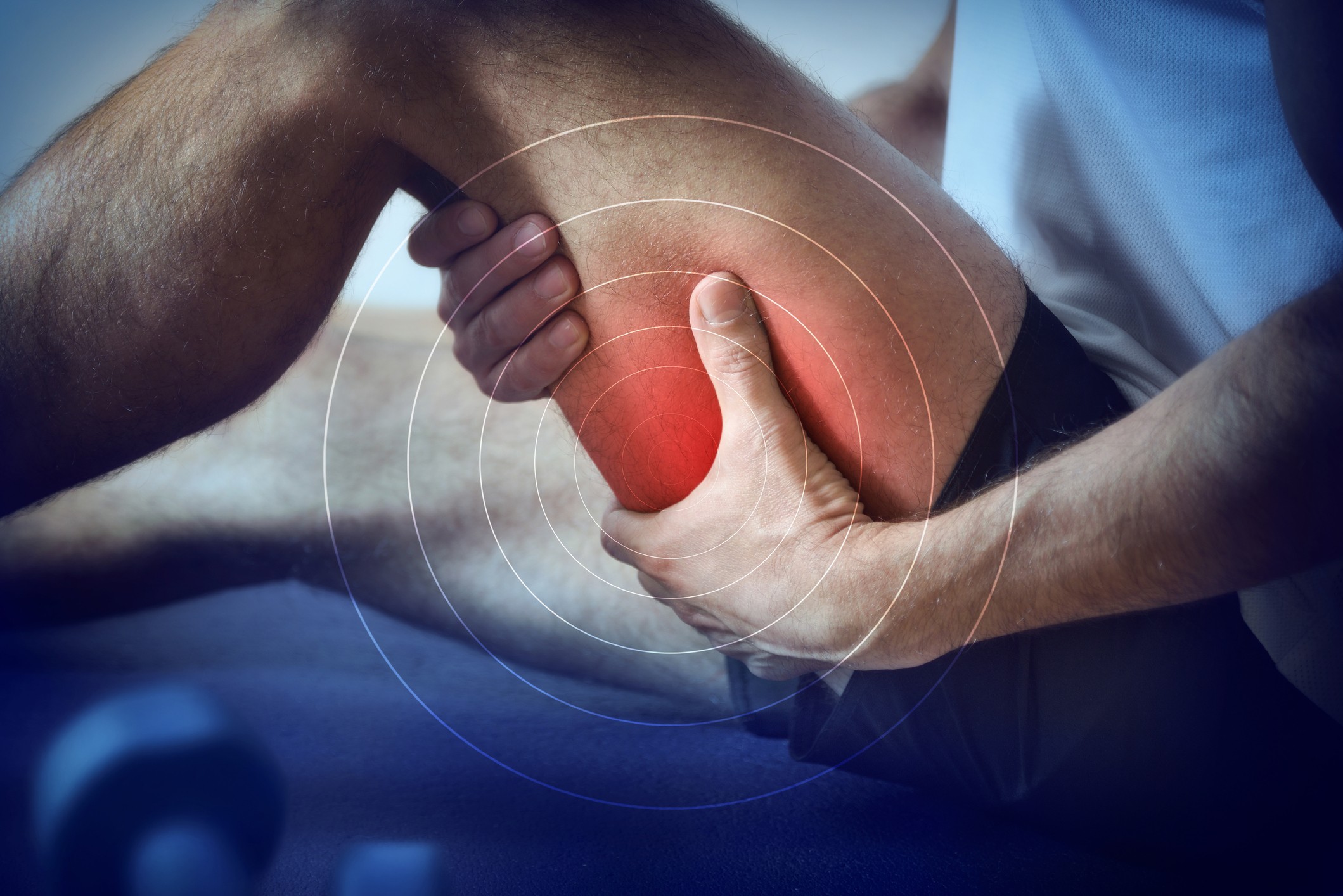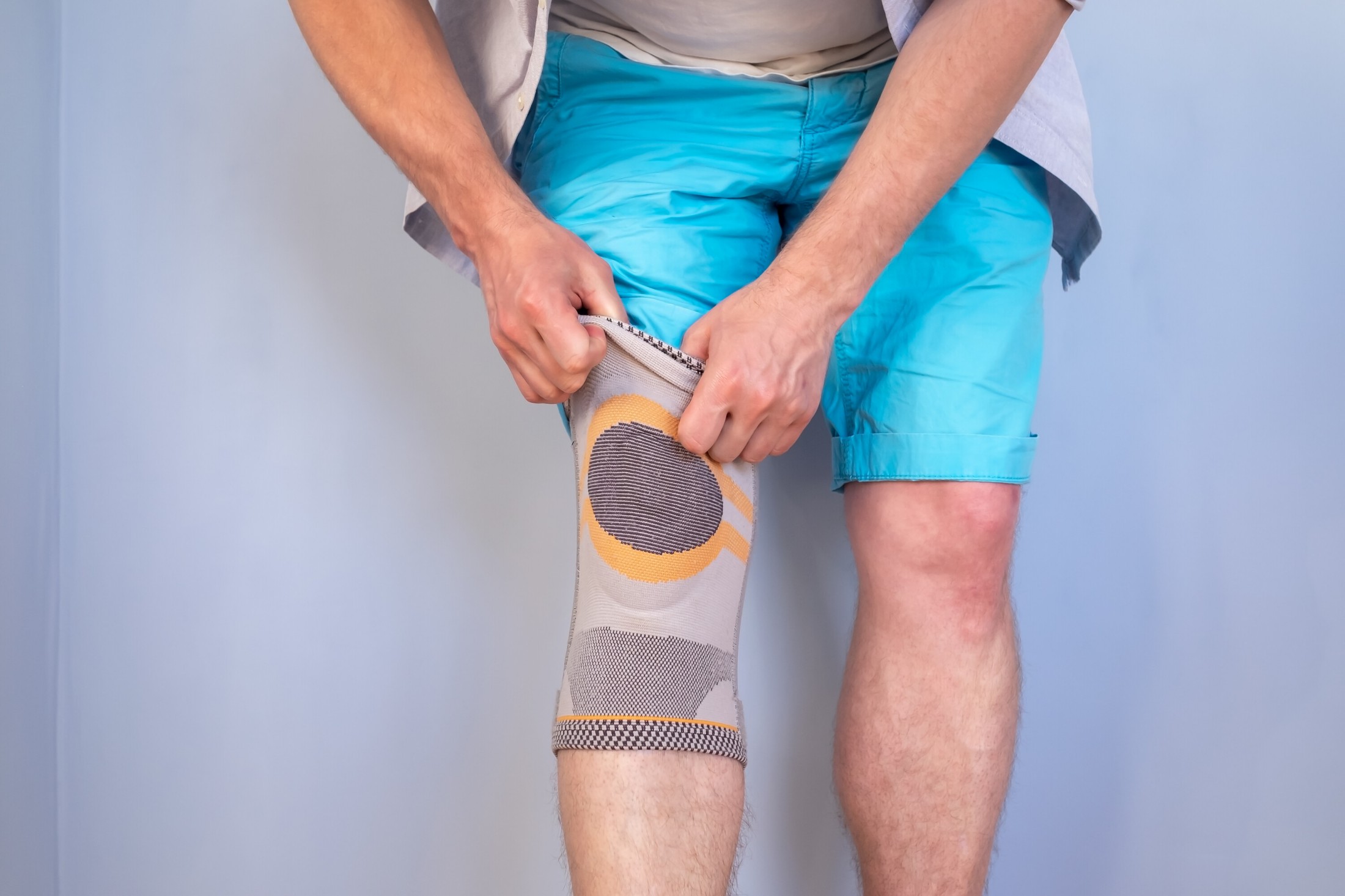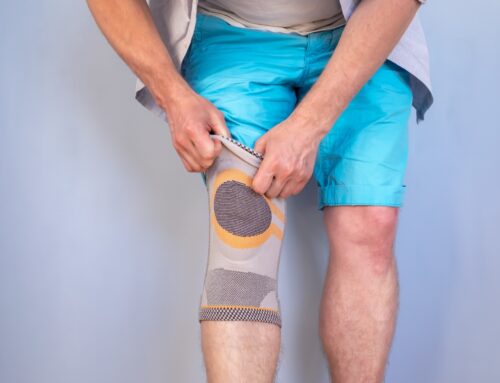Foot care is an essential aspect of overall health and well-being, and it has been for thousands of years. The history of podiatry and chiropody reveals a rich and fascinating story of how humans have cared for their feet throughout the ages.
From ancient civilizations like Egypt, Greece, and Rome to the modern era, foot care practices have evolved significantly over time. The emergence of podiatry and chiropody as professions in the 19th century further advanced foot care, leading to the development of custom-made orthotics, body support braces, orthopedic shoes, and medical compression wear for edema, lymphedema, and varicose veins.
In this blog post, we will explore the history of podiatry and chiropody, tracing its roots through time and uncovering fascinating stories and significant milestones.
The Ancient World: Foot Care in Early Civilizations
The history of foot care goes back thousands of years, and some of the earliest recorded evidence comes from ancient civilizations like Egypt, Greece, and Rome. In these early societies, foot care was a crucial aspect of hygiene and health, as people relied on their feet for transportation, work, and daily life.
In ancient Egypt, foot care was an important part of the religious and cultural practices. Egyptians used natural oils and fragrances to keep their feet moisturized and perfumed, while priests would use instruments to remove calluses and corns from their feet. Some wealthy Egyptians even wore sandals made of gold, silver, or precious stones to protect their feet.
In ancient Greece, athletes were particularly concerned with foot care, as they relied heavily on their feet to compete in the Olympic Games. To relieve foot pain, they massaged their feet with olive oil. They also created the first athletic shoes, known as krepis, using leather and adding spikes to the soles for improved traction.
In ancient Rome, foot care was also an essential part of daily life. Romans would soak their feet in hot water and oil to relieve fatigue and pain, and they also developed the first sandals with straps to provide more support for the feet.
During these early civilizations, foot care practices advanced significantly, and people developed various tools and techniques to treat foot ailments. For example, ancient Egyptian and Greek doctors used poultices and salves made of herbs and oils to treat foot injuries and infections, while Roman doctors developed the first pedicure tools, including scrapers and pumice stones, to remove dead skin and calluses.
Overall, the ancient world played a significant role in shaping the history of foot care, paving the way for future advancements and innovations.
The Middle Ages: Foot Care in Medieval Europe
During the Middle Ages in Europe, foot care continued to be an important aspect of daily life. People relied on their feet for transportation, as well as for work and daily activities, and as a result, they developed various practices to maintain their foot health.
One of the most significant advancements during this time period was the development of the cobbler’s trade. Skilled artisans known as cobblers had expertise in crafting and mending footwear. They played a vital role in ensuring people’s feet were comfortable and well-protected. They also developed techniques for creating custom-made shoes and boots, which could help alleviate foot pain and prevent injuries.
In addition to cobblers, medieval Europe also saw the emergence of a new profession: the barber-surgeon. These individuals received training in several medical practices, including foot care. They would use knives and other tools to remove corns and calluses, and they would also apply poultices and salves to treat infections and other foot ailments.
Another significant development during this time was the use of foot baths, which were popular among the wealthy and the nobility. The footbaths were frequently filled with aromatic herbs and oils that were thought to possess therapeutic properties for the feet.
Despite these advancements, foot care during the Middle Ages was not always hygienic or effective. Many people would wear shoes that were too tight or too loose, leading to blisters, corns, and other foot problems. Additionally, sanitation was not always a top priority, and foot infections were common.
Overall, the Middle Ages saw a mixture of progress and setbacks in the history of foot care. While new professions and techniques emerged, foot care remained a challenging and sometimes uncomfortable aspect of daily life.
The Modern Era: The Emergence of Podiatry and Chiropody
The 19th century marked a turning point in the history of foot care, as the professions of podiatry and chiropody emerged in response to the growing need for specialized foot care.
New York City was the site of the establishment of the first podiatry school in the United States in 1911. The profession quickly gained popularity, and by the 1920s, podiatry schools had opened in other parts of the country as well. Podiatrists underwent training to diagnose and manage an extensive array of foot and ankle conditions, ranging from minor injuries and infections to more intricate deformities.
In the United Kingdom, chiropody emerged as a separate profession in the mid-19th century, with the first chiropody school opening in 1919. Chiropodists received training to offer fundamental foot care, such as the removal of corns and calluses, as well as the treatment of minor infections. Over time, the profession evolved to include more advanced treatments, such as orthotics and surgical procedures.
Several significant individuals and events contributed to the development of podiatry and chiropody. One of the most influential figures in the history of podiatry was Dr. William M. Scholl, who founded the Scholl Manufacturing Company in 1906. The company produced a wide range of foot care products, including orthotics, insoles, and foot creams, and helped to popularize the idea of specialized foot care.
Overall, the emergence of podiatry and chiropody in the modern era represented a significant step forward in the history of foot care. These professions helped to raise awareness of the importance of foot health and provided people with specialized care and treatments to help them maintain healthy and pain-free feet.
Foot Care Today
Today, podiatry and chiropody are well-established professions that continue to evolve and innovate to meet the changing needs of patients. Over the past few years, foot care has witnessed many noteworthy advancements, including innovative technologies and treatments, as well as modifications in the way foot care is provided.
One major area of innovation has been in the development of new technologies and treatments for foot and ankle conditions. For instance, less invasive surgical methods have been developed, resulting in faster recovery times. Moreover, state-of-the-art technologies like laser therapy and shockwave therapy are now employed to manage various foot and ankle conditions, such as plantar fasciitis and Achilles tendonitis.
Another area of innovation has been in the development of new materials and designs for orthotics and other foot care products. Today, orthotics can be custom-made using advanced 3D printing technology, allowing for a more precise fit and better treatment outcomes. Furthermore, novel materials such as carbon fiber are utilized to design lighter and more long-lasting orthotics, which can offer improved support and enhance mobility.
Lastly, modifications in the delivery of foot care have had a noteworthy impact on the field as well. For example, telemedicine has emerged as a new way for patients to receive care remotely, making it easier for people who live in remote areas or have mobility issues to access foot care services. In addition, there has been a growing emphasis on preventive care, with podiatrists and chiropodists working with patients to develop personalized plans for maintaining foot health and preventing future problems.
Advances and Innovations
Overall, the current state of podiatry and chiropody is one of constant innovation and improvement, with new treatments, technologies, and delivery models emerging all the time. As foot care continues to evolve, patients can expect to benefit from better outcomes and a higher quality of life.
Throughout history, foot care has been an essential aspect of overall health and wellness. From the early civilizations of Egypt, Greece, and Rome to the modern era of podiatry and chiropody, foot care has been constantly evolving and improving.
It is essential to recognize the importance of foot care and how it can impact overall health and well-being. By taking care of your feet and seeking professional help when needed, you can prevent or manage foot conditions and maintain mobility and independence.
At Care-Med, our pledge is to offer high-quality foot care products and services to our patients. From custom-made orthotics to medical compression wear wear for edema and lymphedema, we offer a range of products and services to help you maintain healthy feet and ankles.
Whether you are experiencing foot pain or simply looking to maintain your foot health, we are here to help. Contact us today to schedule a consultation and take the first step towards healthy feet for life.
Share This Story, Choose Your Platform!
Table of Contents
We specialize in orthotics, body braces, and compression wear tailored to your unique needs in Toronto. Reach out to us at info@caremed.care or call 416-782-5353 to book your fitting and consultation.
Experience the difference of customized solutions designed just for you.











